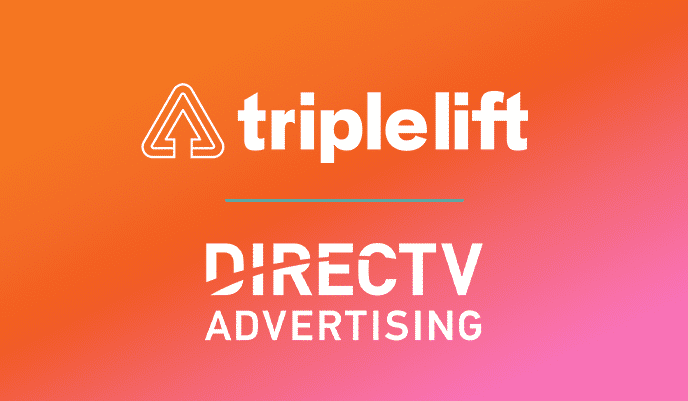The Ad Tech industry is as dynamic as ever. Market shifts occur every day through audience behaviors, acquisitions, new partners, regulatory changes and more. Simultaneously, the promise of incremental revenue and audience attraction has many publishers finding themselves racking up complex tech stacks.
As new macro trends emerge and revenue opportunities abound, publishers need strategies that can withstand the test of time. But, assessing each partner’s value in relation to publishers’ overall strategy comes at the expense of time and money. What if an established approach is still the best way for publishers to set themselves up for success, no matter the market volatility or business complexities they face?
Yield management has been in practice since the advent of programmatic; it is the study of a publisher’s programmatic stack to see which partner is able to provide the most, and best, demand relative to the supply publishers have available or that goes unsold. In practice, yield management requires a delicate balance of assessing workflows at a granular level to identify which partners give you the most bang for your buck. Publishers who have committed to yield management have a recipe for success that approaches market changes with data and analytics.
Most publishers stand to learn from these early yield adopters, especially as more changes to the industry are expected to roll out this year including SPO, identity & privacy, and inventory quality. However, few publishers today are equipped to support the type of ongoing analysis needed to withstand these changes.
SPO
Publishers are no longer the only ones within the ecosystem looking to streamline their buying paths. Buyers are becoming more aware of the effect of supply paths, especially reselling, and are looking to maximize their buying power with only a few key partners, cutting out middlemen. It will be imperative that publishers work with SSPs that are in good standing with top DSPs and have the technical expertise to keep up with SPO optimizations from clients and DSPs, alike.
Through yield management, publishers can collect data on where demand is coming from to understand the value of each SSP in correlation with each DSP, and therefore buyer. SSPs who can assist with this analysis will be better suited to provide insights and potential adjustments to combat client shifts, leading to higher revenue and fill rates for the publishers and better delivery and win rates for clients – a win, win for all.
Privacy & Identity
Third-party cookie deprecation has been in discussions for years, but it won’t actually go into effect until the end of 2022. While competing solutions and initiatives are being introduced, debated and reimagined, publishers can begin to take action by taking a look at their own tech stack and proprietary data.
First-party data will be crucial to success when third-party cookies disappear across platforms. Leaning on yield management practices now can help publishers leverage their first-party data to identify which audiences a publisher currently has and will potentially have in the future — and mitigate risk. Until third-party cookie adjustments come into play, publishers can utilize their own data and overlay it with performance and brand data to lay the foundation for more strategic selling. These patterns can then be leveraged for matchmaking opportunities with buyers to access inventory via PMPs, audience packaging, and more.
Inventory Quality
Inventory quality has always been touted as an important metric for publishers to make their inventory more distinct and valuable for buyers. However, metrics like viewability and CTR have conflicting impacts from one side of the exchange to the other, with demand believing higher quality must equate to higher yield, when in reality improving placements do not always equate to more revenue for the publisher and a better audience response.
Reducing “low-quality” placements based on viewability and CTR, alone, can come at a cost to publishers. Without disciplined experimentation, a core principle of Yield Management, publishers could see themselves out of meaningful revenue from remnant demand. Likewise, for high quality placements publishers could underestimate the potential return on investment of making minor adjustments.
Check Your Tech
With these imminent changes on the horizon, and others that are yet to be seen, publishers should focus on owning and understanding their partnerships and information. Going back to basics, and creating a framework built off of a methodical approach to data, will provide clarity to any challenges and changes that arise.






